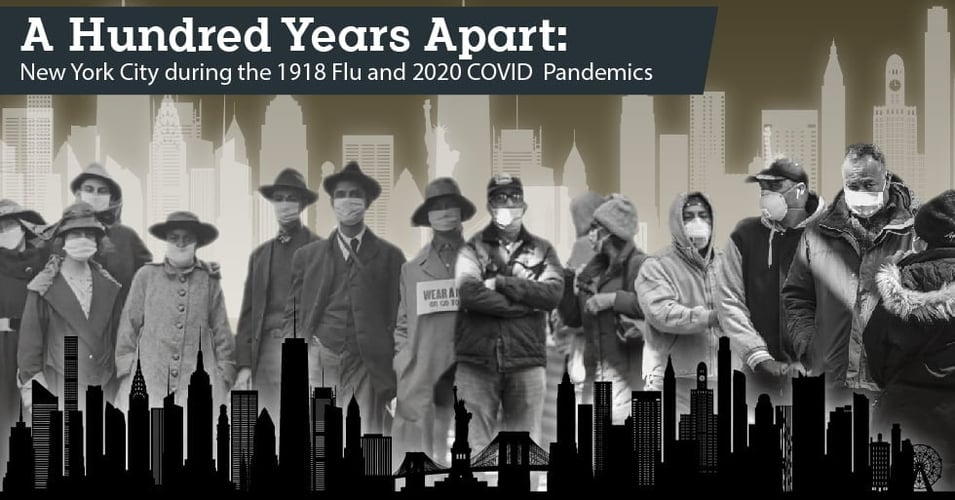1 min read.
Thankful For: Copper Research
This Thanksgiving season we are grateful for the growing body of research into the biocidal activity of copper - in any form. Over the past decade,...
![EOScu Logo - Dark - Outlined [07182023]-01](https://blog.eoscu.com/hubfs/Eoscu_June2024/Images/EOScu%20Logo%20-%20Dark%20-%20Outlined%20%5B07182023%5D-01.svg)










